Supply columns – field bakery
In relation to the Great War, attention is always turned to the fighting corps, since the fighting operations are more varied and exciting than the supply of food, equipment and ammunition to the fighters. It is clear to everyone that this service is also absolutely necessary, without it the fighting forces’ fighting capacity will deteriorate very quickly. However, even during the war, the supply had relatively little respect, I think, quite unfairly. This is also reflected in the fact that only a small number of badges can be found in the cap badges referring to the troops supplying the army. Now I’d like to present such a badge, the general badge of the monarchy’s supply teams.
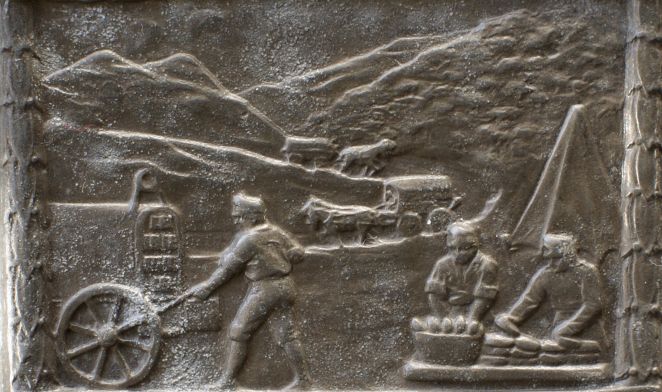
The badge is addressed to “Verpflegstruppe” for army supply teams in general, which includes material supply (mainly ammunition supply) teams, caterers and train units for handling all kinds of materials. The badge is depicting the food team, more precisely the camp bakery (the two carriages in the background could have belonged to the bakery). On the left side of the image we can see the camp oven, on the right kneading soldiers. As is seen on the attached photos, the preparatory parts of the bakery operated in a shelter to exclude the adversity of the weather (under tents during the procession, often in wooden barracks during long-term camps). So, the depiction may not be entirely realistic, but it’s interesting.

The camp bakeries were organized at the level of the corps, as was the case with the train troops (as opposed to the camp kitchen, which operated near the first lines at a company level under the direction of a petty officer). At the beginning of the Great War each of the 16 corps included a train battalion, a supply column (Verpflegskolonne), and a supply column for ammunition. Part of the supply columns was the camp bakery. It included 120 bakers (Bäcker), 12 “main bakers” (Oberbäcker) and a backmeister. The food officer (Proviant-Inspektor) was the commanding officer. During times of maneuvers, the bakeries were assigned to the combat troops and they were commanded by a train officer. During the war, every division had a field bakery with 10 to 12 ovens. In addition to the furnaces, their equipment included 60 carriages (wagons).
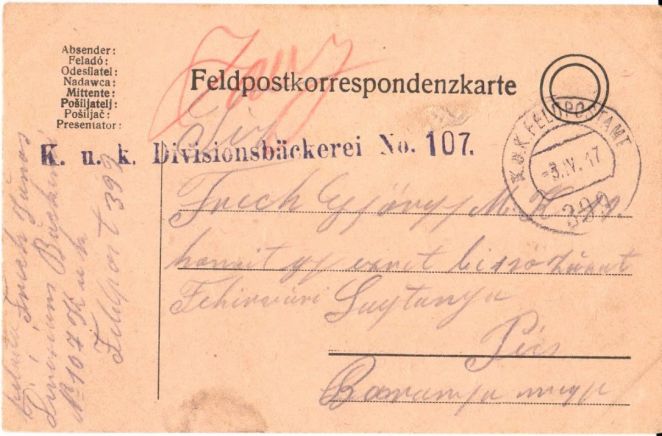
Each corps also had a spare bakery with 5 mobile ovens each. These auxiliary bakeries were set up well behind the front line, often at railway junctions, from where the bread could be delivered more quickly to the front line by train. In total, the corps and divisions worked with about 40 furnaces. The 40 furnaces used an average of 240 tons of flour in a week. The life and work of the bakers was not easy, despite the fact that they worked in the back lines. The troops usually used 10 camp ovens per column to bake 500 calipers per hour, which was equivalent to 1,000 portions. They worked 13 hours a day to produce half of the bread requirements of the average infantry division (26,000 people). The other half of the ration was provided in form of biscuits, raw flour or bread from the production of auxiliary bakeries.
The bakery was initially moved along with the army train of the divisions. However, as this often required daily change of location and the bakeries marched more than they baked, so the bread supply was inadequate. Later, the train of the bakery was moved every 2-3 days, only to have more time for baking.
The last photo shows a 1901M-conceived field oven manufactured by Weiss Manfréd Works in Budapest.
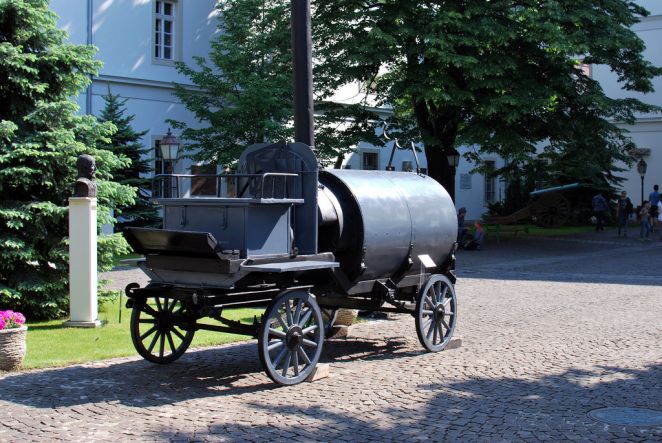


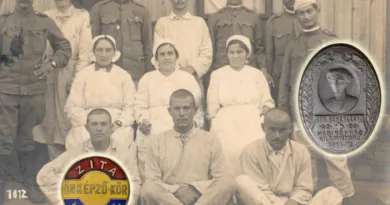
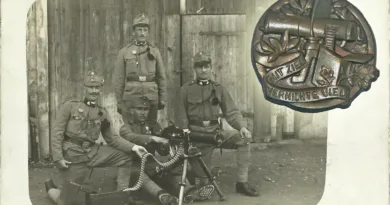
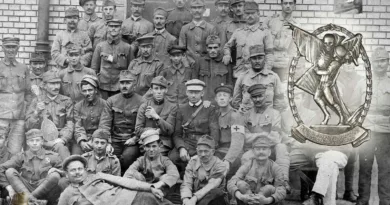
A great story on an under appreciated aspect of the Austro-Hungarian army.